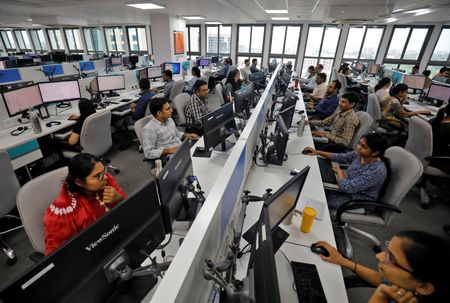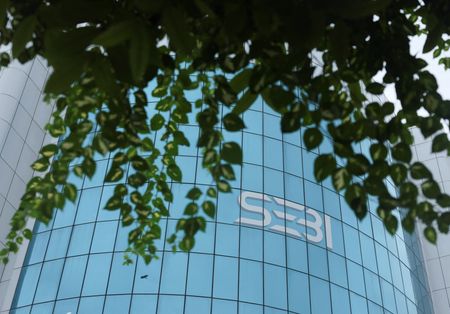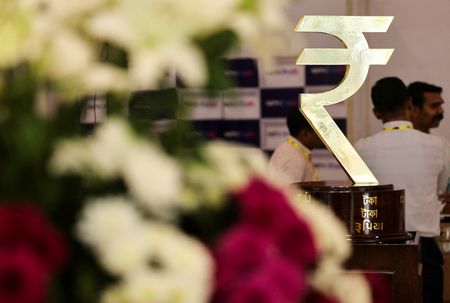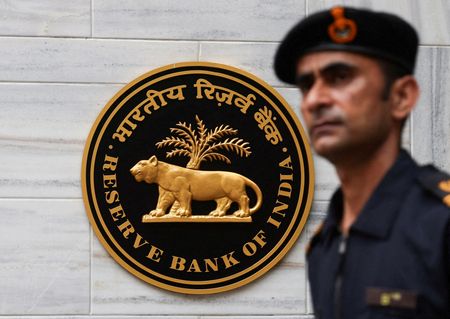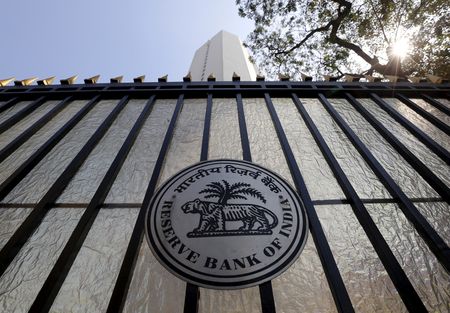By Shaloo Shrivastava
BENGALURU (Reuters) -Growth in India’s private sector eased to a five-month low in October as weaker demand and rising output prices weighed on business optimism, a survey showed on Friday.
HSBC’s flash India Composite Purchasing Managers’ Index (PMI), compiled by S&P Global, fell to 59.9 this month from a final reading of 61.0 in September and below a Reuters poll median forecast of 61.2.
Despite slipping to the lowest since May, growth remained robust and well above the 50-mark separating expansion from contraction.
The overall index – a seasonally adjusted index measuring the month-on-month change in the combined output of India’s manufacturing and service sectors – was mainly dragged down by a slowdown in services growth even as manufacturing activity recovered from a four-month low in September.
The flash manufacturing PMI rose to 58.4 from 57.7 last month while the services business activity index slipped to 58.8 from 60.9.
An overall new orders sub-index expanded firmly though at its weakest pace since May. The softer increase stemmed from a loss of growth momentum in the services sector, however, goods producers saw a slightly quicker rise than in September.
International demand for Indian goods and services softened to its weakest in seven months, largely due to a slower increase in manufacturing exports.
India is facing steep tariffs on its exports to the United States, with President Trump reiterating tariffs will remain high unless New Delhi stops its purchases of Russian oil.
A monthly bulletin released by the Reserve Bank of India on Monday noted merchandise trade remained resilient overall but highlighted a sharp decline in exports to the U.S. in September as the higher tariffs kicked in.
Cost pressure eased across both sectors, helped by a lowering of the goods and services tax (GST) in September. However, firms refrained from passing those benefits on to customers and selling charges were raised to offset higher operational costs.
For the year-ahead business optimism waned showing concerns over rising competitive pressures, market conditions and demand trends.
(Reporting by Shaloo Shrivastava; Editing by Kim Coghill)

